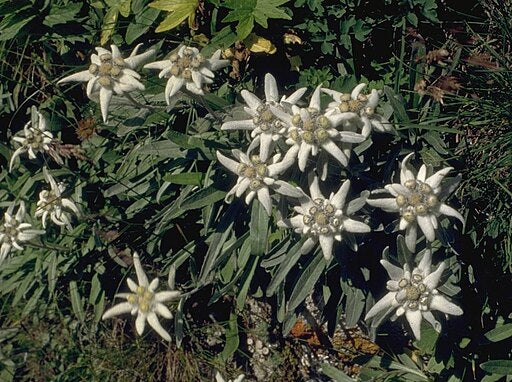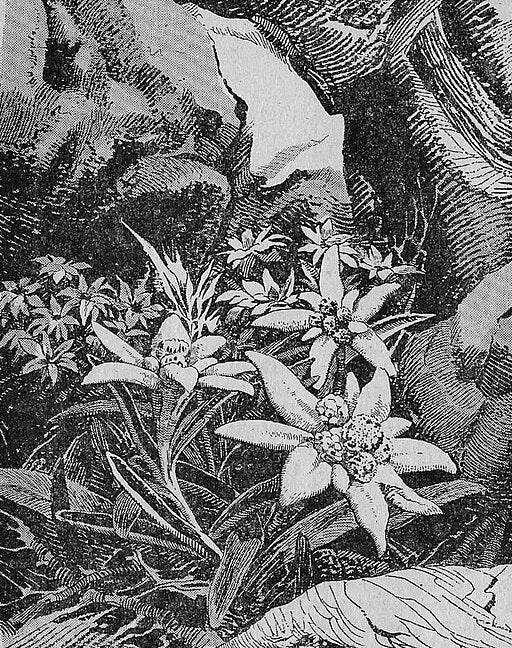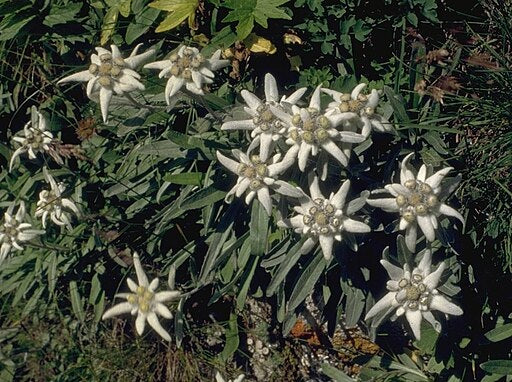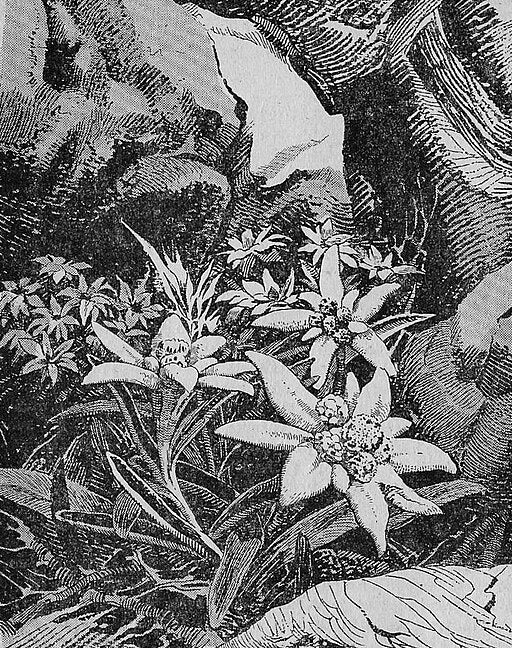Honey Petal Plants
Leontopodium alpinum - Edelweiss
Leontopodium alpinum - Edelweiss
Couldn't load pickup availability
Sizes available: 2 quart
Basics: zones 4-7, 6-12" x 6-9", full sun, a sea anemone-like flower with tomentose bracts and leaves that look silvery-white, blooms in late summer. Likes a cool summer, and sandy or gritty, sharp drainage on the neutral to alkaline side. Absolutely no winter wet!
Common names: Edelweiss, Alpine Snow Flower, Lady's Mantle - Here are some translations from Wikipedia of some of the common names from other languages: Mountain Girl, Cliff Flower, and Star of the Alps
Synonym: L. alpinum is classified as a subspecies of Leontopodium nivale. There seems to be a bit of a dispute about how to classify - It looks like Leontopodium nivale subsp. alpinum would be this plant and Leontopodium nivale subsp. nivale would be the other, but my goodness they look like twins!
Family: Asteraceae
Origin/Distribution: the subarctic and subalpine regions of Europe and Asia
Habitat: It's natural hang outs are rocky limestone areas in the Alps, Pyrenees, and Appennines at altitudes between 5900 and 11200 feet.
More: Sing along with me: "Edelweiss, edelweiss, every morning you greet me...", yes this is THAT plant. An excellent addition to your sunny rock garden or well-drained border edge. I think a good bet for a clay pot if you don't have the right in-ground conditions. Just over-winter it somewhere you can keep it out of the wet. If you are lime-deprived, add some marble chips to the planting area. This is a short-lived perennial that will self sow if happy. Edelweiss has been used medicinally throughout the Alps for a very long time. Another common name is Bellyache Flower. There is a HUGE Wikipedia entry about the cultural history and symbolism of this plant and it is fascinating. I will try to add the highlights this winter, but check it out if you are curious. It's complicated and not always pretty as political co-option is involved...
Nursery: Van Berkum
Image credits: Wikimedia Commons




